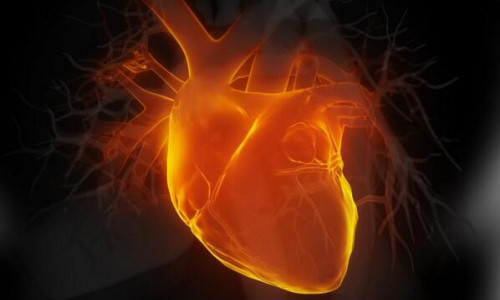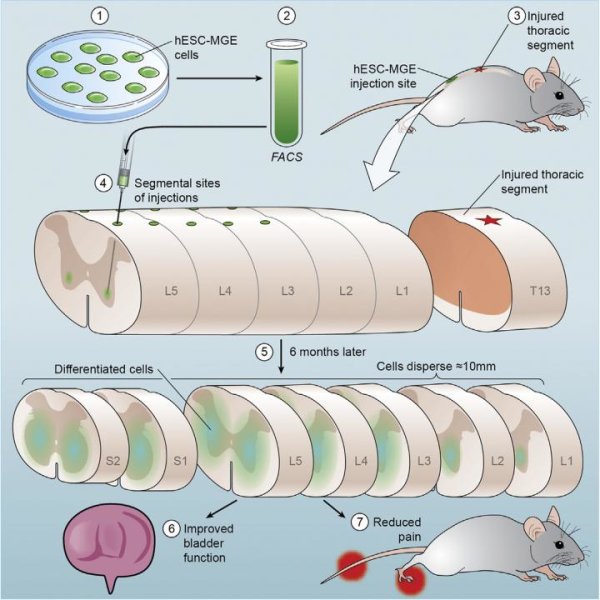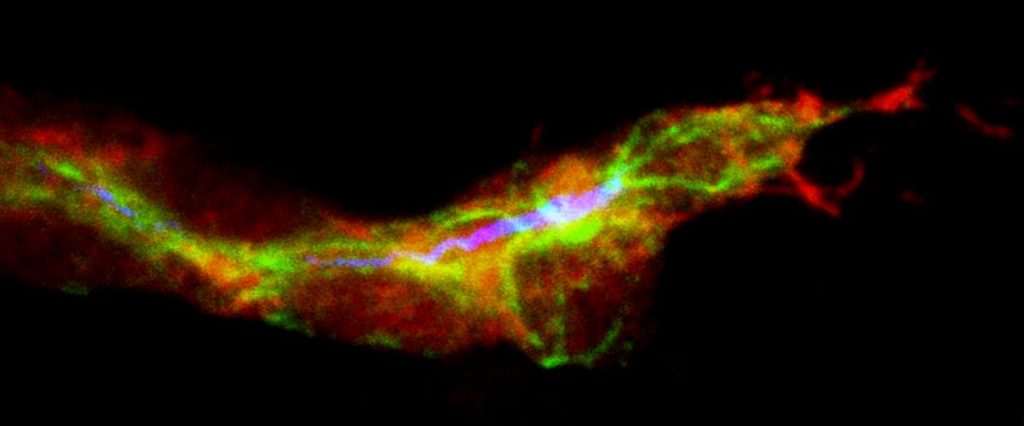Scientists at Imperial College London are aiming to cut the need to use animals in research by improving methods for growing heart cells in the lab.
Many new drugs fail to reach the market because of toxic effects on the heart. Research involving animals is currently integral to drug safety screening, but animal studies don’t always reveal side effects that might occur in humans.
Dr Cesare Terracciano and his colleagues at the National Heart and Lung Institute at Imperial are developing methods that would allow large amounts of human heart tissue to be grown in the lab and used for drug testing. Researchers can already grow small amounts of heart muscle from human cells, but in a petri dish, the cells don’t develop all of the features of heart cells in the body.
“These cells tend to be round and tend to be rather slow in their activity, simply because they’re not challenged by their environment,” said Dr Terracciano. “The heart is a very dynamic organ which beats continuously and is subjected to very high pressures, and these are not present in culture.”
In collaboration with the Institute of Biomedical Engineering at Imperial and the University of Southampton, Dr Terracciano’s team have developed new surfaces that encourage cells to grow into regular lines as they do in the heart. Their studies so far have shown that cells grown using their methods behave more like cells in the heart.
Their efforts have been boosted by a grant from the CRACK IT Challenges programme, run by the UK’s National Centre for the Replacement, Refinement and Reduction of Animals in Research (NC3Rs) in association with pharmaceutical companies. The scheme aims to support research teams to solve major challenges in drug discovery and development with the goal of reducing, refining and replacing the use of animals in research.
“If we’re successful in developing a platform that can be widely used for drug testing, we will be able to reduce dramatically the number of animals used for research and avoid harmful effects that new drugs might have on patients,” said Dr Terracciano.
Story Source:
The above story is based on materials provided by Imperial College London, Sam Wong.





